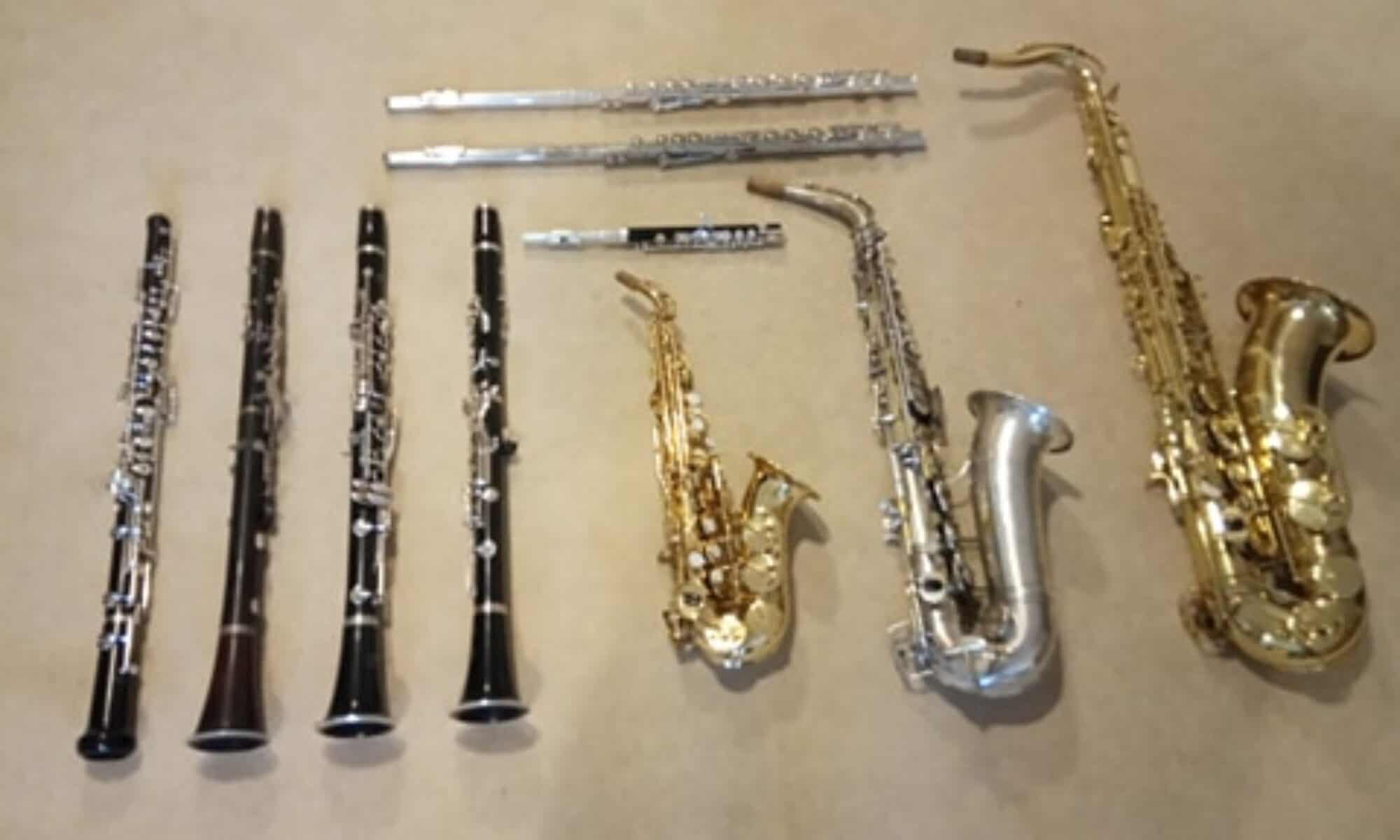Any music reader will be able to identify the symbols for accidentals – sharps, flats and naturals. What they probably don’t know, however, is where the notation itself comes from. Why, for example, does the symbol for a flat look like the letter b? I’d been wondering this for a while, so decided I’d find out.
Accidentals were first used in Gregorian chant music in the 9th and 10th centuries. At this time, the only accidental needed was to distinguish between B and Bb. This was notated by two different letter b’s and developed later into the notation we know today.
An accidental is a musical symbol that raises or lowers the pitch of a note by a semitone. A sharp always raises a note by a semitone, while a flat always lowers a note by a semitone. A natural is used to cancel out the previous accidental on a note, e.g. if there is a C# followed by a C, the C is labelled as C natural. Similarly if a Bb is followed by a B, the B is labelled as B natural, so a natural can either raise or lower a note by a semitone, depending on the original accidental.
What is Gregorian chant music?
First, I’ll do a quick introduction to Gregorian chant music. This genre of music was around in the 9th and 10th century. It is music of the Roman Catholic Church and is an unaccompanied sacred song, written in Latin. It was usually sung by choirs made up of men and boys in churches, or men and women in chapels. It was before the time of the keys we are familiar with today and was based on a set of modes.
In Gregorian chant music, a much more limited set of notes was used to those that we use today. The only note that had the possibility of an accidental was B, which was either flat or natural. When this was labelled, rather than having the accidental signs we have today, there were simply two different versions of the letter B, one to represent B natural and one to represent Bb.
This is the reason that the symbol for a flat looks like the letter B today. The B that was used to represent a Bb was a rounded letter B. The B used to represent the B natural was a square B. The rounded B turned into the flat symbol and the sharp and natural sign are both derived from the square version of the letter B.
What do different countries call accidentals?
It’s also interesting to learn what other languages call the accidental signs. A particularly interesting one is the French translation. The French word for the flat sign is bémol, which, in medieval French means soft b. The word for the natural sign in French is bécarre, translated as square b. These have apparently then being named literally from the Gregorian origin of the accidentals. Some other Latin-based languages, including Spanish and Italian also have the equivalent translation of these words.
As the sharp sign was not originally part of Gregorian chant music, the Latin derivative of its name is not based on the soft b, square b that the flat and natural are. In French, it is actually the word dièse, meaning higher in pitch, and is derived similarly in most Latin-based languages.
The etymology of the English words for the accidentals is clearly different to this. The word sharp has an interesting origin. It seems to derive from the feeling an audience member gets when a player or singer is sharp – literally on edge, i.e. sharp. The word flat comes from the Middle English, or Norse, meaning lower level. The word natural is simply used as the original version of the note from the key signature.
Summary
To sum up this post, the origin of the accidental symbols is Gregorian chant, where only the B had the possibility of being flattened. This led to the symbols being based on a round B (the flat symbol) and a square B (the sharp and natural symbols). The words for accidentals in many Latin-based languages are derived from ancient language translations of square B and round (or soft) B.

